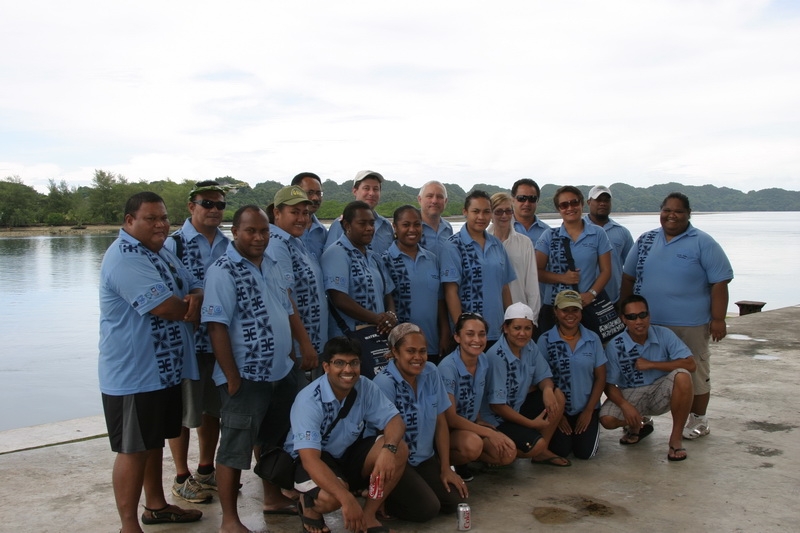News
YES | 1 | YES
Post-graduate course to build water management capacity in the Pacific
02 August, 2010
 Koror, Wednesday, July 28: Key players in water quality, delivery and management from around the Pacific are attending a post-graduate certificate course in Palau this week to learn new ways to better manage water resources in their home countries.
Koror, Wednesday, July 28: Key players in water quality, delivery and management from around the Pacific are attending a post-graduate certificate course in Palau this week to learn new ways to better manage water resources in their home countries.

Pacific Island countries share many similar water management challenges including: high vulnerability to climatic disasters, poor infrastructure, high water losses, saline intrusion, discharge of nutrients and pollutants from sewage and industries and challenges due to limited physical and financial resources.
The prevalence of these issues is partially linked to a lack of water resources expertise and awareness of integrated water resources management (IWRM), not only at the technological and scientific level, but also in the areas of community engagement approaches, water planning and project management.
“Over the years the Pacific Island Applied Geoscience Commission’s (SOPAC) Water Sector through discussions with countries, found that many countries lacked the human resources and skill set to deal with the many water challenges they face,” said Rhonda Robinson, IWRM Planning Coordinator with SOPAC. “We hope that this post-graduate course will provide a solid knowledge base and help build the capacity of countries to better manage their water resources.”
The two year course aims to increase these skills by covering four core modules: Project Management, the Science of Water, Catchment and Aquatic Ecosystem Health, and Capacity Building and Community Development. The course is being run by the International Water Centre (IWC) out of Griffith University in Queensland, Australia.
“Through this course students will gain a holistic understanding of water management and gain thinking skills for whole-of-water cycle assessment,” said Dr Bruce Missingham a lecturer with the IWC. “They will develop skills in working and collaborating across sectors and disciplines. Students will gain analytical, public presentation, facilitation and community engagement skills.
Over the next two years participants will take part in two annual intensive week long sessions, like the one currently taking place in Palau. They will continue their training remotely via electronic classroom sessions and through problem based learning activities that draw on their day to day work.
“I am grateful for the opportunity to participate in this course and believe it benefit both myself and my country greatly,” said Leerenson Airens, Manager, Water Works, Pohnpei Utilities Cooperation.
The International Water Centre is a joint venture between four leading Australian universities: The University of Queensland, Griffith University, Monash University and the University of Western Australia, as well as the Healthy Waterways Partnership and International River Foundation.
ENDS
Contact: Christopher Patterson: christopher@sopac.org
















